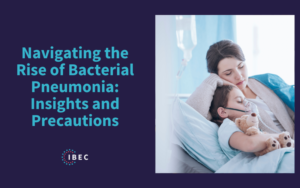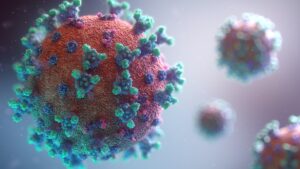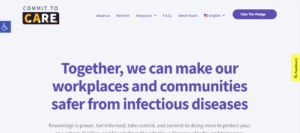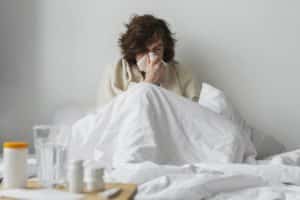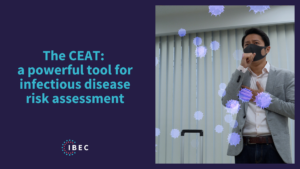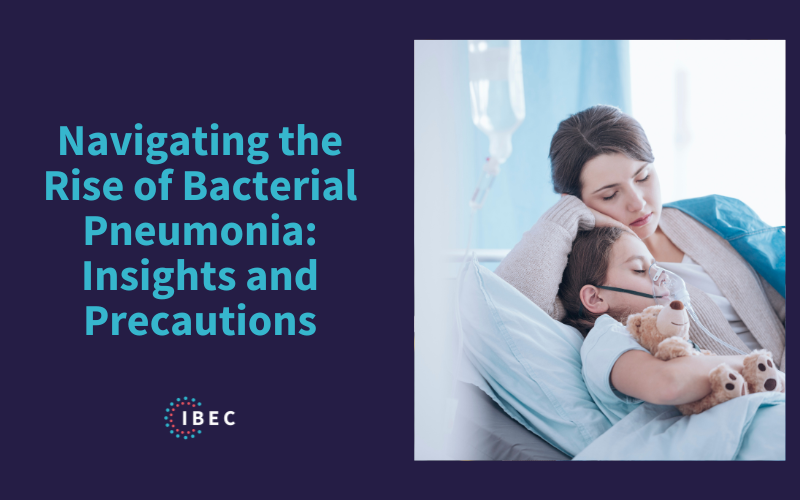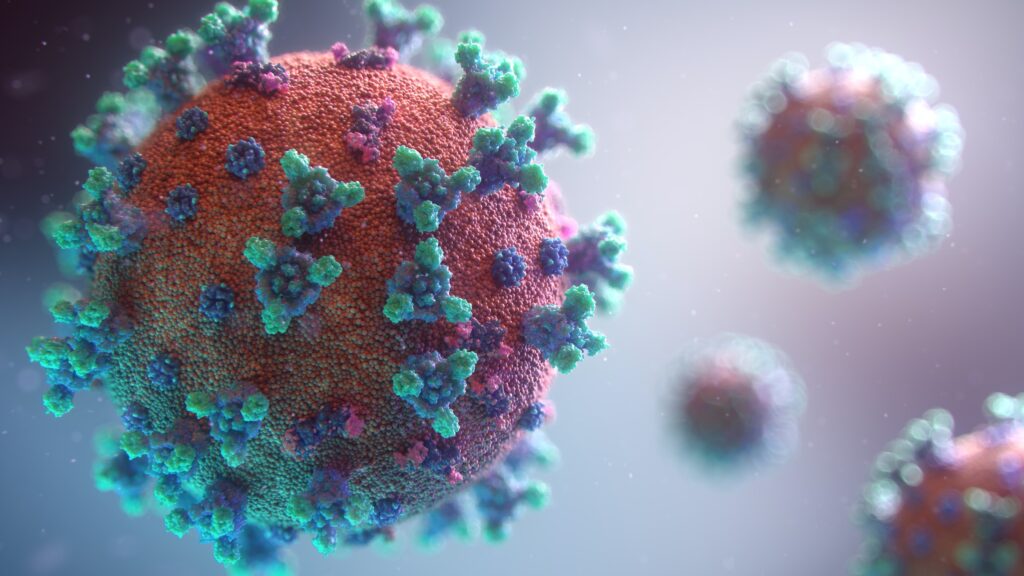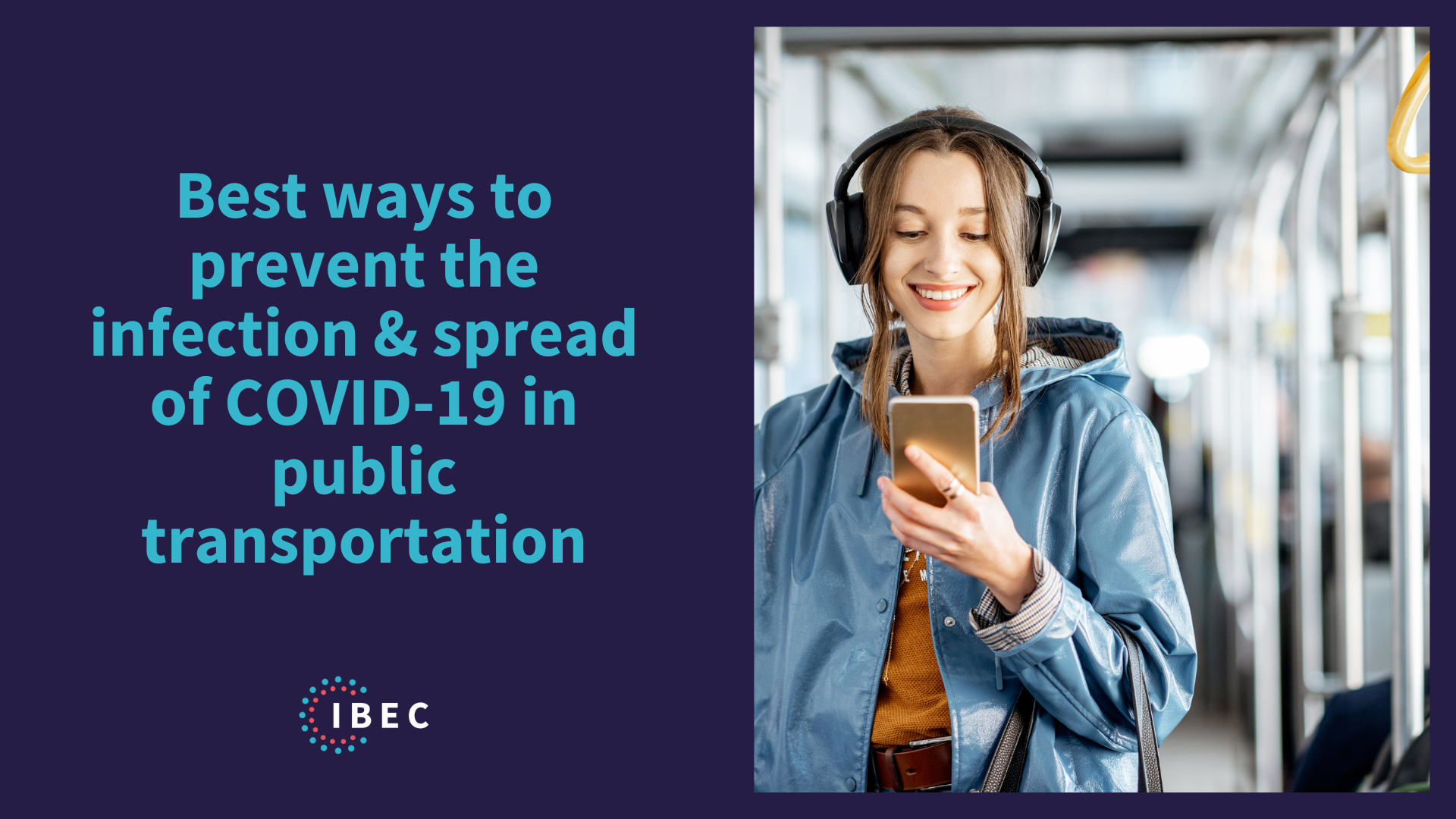
Since the beginning of the pandemic, industrial hygienists have been researching and broadcasting the information needed to prevent the infection & spread of COVID-19. Under their advice and other scientific community areas, the world has created protocols, technologies, and strategies to mitigate the risk.
Many industries have been affected by the widespread of this virus, and one of them still seeing its rippling effects is the public transportation sector. People don’t feel safe returning to public transportation and have resorted to working from home or commuting with friends and colleagues.
Public transportation brings benefits such as improving community health and fuel efficiency, reducing air pollution, and improving road congestion. Industrial hygienists are interested in studying how the current system can be safer from the threat of COVID-19, and IBEC is more than happy to report what they find out.
At our July and August C.L.E.A.N. Lessons Learned: Making confidence your travel companion, we talked to experts about the past and present safety perceptions when riding public transportation.
Continue reading to learn the best ways to prevent the infection & spread of COVID-19 in public transportation. We’ll be discussing:
- Risk & mitigation awareness.
- NIOSH’s hierarchy of control.
- Myths and misconceptions.
- Sanitation and fomite transmission.
- Defying cognitive dissonances.
Risk & mitigation awareness
Risk & mitigation awareness are essential to prevent the infection & spread of COVID-19. The more we know about how much risk we are at in different situations, the more we will be able to deploy the correct mitigation strategies.
Due to what could be denominated as “pandemic fatigue,” we are seeing more people wanting to end the discourse of COVID-19 mitigation – people are tired and want to assume COVID-19 is over. However, humans have faced and will continue to face infectious diseases for years.
Understanding how you can keep yourself and others safe with a multi-layered strategy flexible enough to be suited to most situations is one top piece of advice from the industrial hygienist sector.
To learn how to assess your risk and employ mitigation strategies visit commit2care.org.
NIOSH’s hierarchy of control
The hierarchy of controls implements effective control measures within an organization, workplace, or community to identify the most effective ways to control exposure to hazards.
Depicted with this inverted pyramid, the more effective controls are at the top, and the less effective controls are at the narrow bottom.
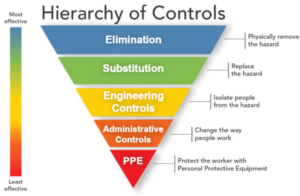
Industrial hygienists advised this hierarchy to be public knowledge and explained to everyone trying to reduce the infection & spread of COVID-19. Understanding which controls help us remain safe and which are more effective than others allows us to create smarter courses of action.
N-95 respirators (PPE) are adequate to prevent the spread of the virus; however, as noted in the pyramid, they are the least effective method of control. This is related to the difficulty of standardizing the fit of the mask. Some people will misuse the respirator or do things that will change the fit, leaving them vulnerable to infection.
Myths and misconceptions
When the world started talking about the hierarchy of controls, some people took the perspective as a business opportunity. When it wasn’t true, companies started promising air purifiers that would completely stop the spread of COVID-19.
People who believed in these promises invested large amounts of money, which led to widespread uncertainty and distrust of the control narrative. It is essential to stick to what the scientific areas are saying and try to grab information from those not directly profiting from the technology.
It can be tough to filtrate the information we have online about how to navigate the pandemic safely. If you are experiencing this issue, feel free to access educational resources from the following organizations – which we fully trust:
- Commit To C.A.R.E.
- The American Industrial Hygiene Association.
- Centers of Disease Control and Infection.
- Association of Biosafety for Australia and New Zealand.
- IEQ Global Alliance.
Sanitation and fomite transmission
Although the primary route of transmission of COVID-19 is airborne, there is still a need to discuss sanitation and fomite transmission. Fomite transmission refers to the transmission of infectious diseases by objects.
Sanitizing can reduce the spread of not only COVID-19 but also other viruses – it promotes other health factors that shouldn’t be forgotten because the primary route is airborne. For example, if your body is weakened by a cold, you become more vulnerable to COVID-19.
Industrial hygienists are still promoting frequent hand washing and disinfection to tackle the spreading of the virus’s other routes.
Defying cognitive dissonances
Nowadays, everybody is connected to social media, and everyone can find a source of information that perfectly confirms their thoughts and emotions. For example, you just have to type in “COVID-19 is over” in Google to get thousands of resources stating there is nothing to worry about.
Cognitive dissonance is the state of having inconsistent thoughts, beliefs, or attitudes, especially as relating to behavioral decisions and attitude changes. Our minds have been plagued with cognitive dissonances since the pandemic’s beginning, which has affected the course of action in many ways.
For example, the thought of wanting to return to public transportation with others and joining an office with co-workers can create dissonance with the dangerous part of these activities in terms of infection – not only for themselves but for others who surround them. These types of dissonances may lead us to create beliefs that back up the choice we want to make, although they may not be accurate.
“Masks don’t work,” “COVID-19 is over,” and “No one cares about COVID-19 anymore” are just some of the thoughts people use to deal with their cognitive dissonances. It may be the reason why so many young people are deciding to drop the mitigation strategies and believe COVID-19 is just a cold.
If you have been doing this, don’t be discouraged, cognitive dissonances are normal in human beings and can be resolved using strategies such as mindfulness, challenging current beliefs, challenging actions, and asking for support.
Key takeaways:
- Risk & mitigation awareness is essential to preventing the infection & spread of COVID-19. The more we know about how much risk we are at in different situations, the more we will be able to deploy the correct mitigation strategies.
- Industrial hygienists advised using NIOSH’s hierarchy to be public knowledge and explained to everyone trying to reduce the infection & spread of COVID-19. Understanding which controls help us and others remain safe and which are more effective than others allows us to create smarter courses of action.
- It can be tough to filtrate the information we have online about how to navigate the pandemic safely. If you are experiencing this issue, feel free to access educational resources from the organizations listed above.
- Sanitizing can reduce the spread of not only COVID-19 but also other viruses – it promotes other health factors that shouldn’t be put away because the primary route is airborne. For example, if your body is weakened by a cold, you become more vulnerable to COVID-19.
- Cognitive dissonance is the state of having inconsistent thoughts, beliefs, or attitudes, especially as relating to behavioral decisions and attitude changes. Our minds have been plagued with cognitive dissonances since the pandemic’s beginning, which has affected the course of action and consequences in many ways.
Do you want to have access to all IBEC summits and CLEAN Lessons Learned sessions?
Become an IBEC member today!
Related Blogposts
Interdisciplinary Collaboration in Environmental Science: Pioneering Health Solutions with IBEC’s New CSO
The Integrated Bioscience and Built Environment Consortium (IBEC) proudly introduces its new Chief Scientific Officer (CSO), Stephane Bilodeau. Bringing over 25 years of diverse experience…
Navigating the Rise of Bacterial Pneumonia: Insights and Precautions
Navigating the Rise of Bacterial Pneumonia: Insights and Precautions As winter’s chill sets in, health professionals and organizations brace for the annual uptick in respiratory…
New COVID-19 Variant JN.1 Raises in the United States
JN.1 is a highly contagious, fast-spreading subvariant of omicron that has become the dominant strain in the country. According to data from the Centers for…
Pioneering Steps to Control Infectious Aerosols: Dr. Claire Bird Offers Expert Insight on ASHRAE’s New Draft Standard
As we navigate through the challenges posed by the COVID-19 pandemic and other airborne diseases, there is a dire need to implement measures that will…
IBEC Takes the Lead in Developing a Framework for Reducing Indoor Pathogen Transmission
Dear IBEC Partners and Supporters, As we continue to navigate the ongoing threat of airborne pathogens transmission in our shared indoor communities, it’s more important…
New Commit To C.A.R.E. Resources Deliver Innovative Indoor Air Quality Solutions for Safer Workplaces
The Commit to C.A.R.E initiative The Integrated Bioscience and Built Environment Consortium (IBEC) and The American Industrial Hygiene Association (AIHA), two leading organizations committed to…
Staying Ahead of Severe GAS Infections and Other Secondary Bacterial Infections
Severe Group A Streptococcal (GAS) infections, including invasive disease (iGAS), can lead to life-threatening illness and death. CDC is looking into an increase in…
Industry Leader L’Oréal Pledges to Support Commit to C.A.R.E.
Industry Leader L’Oréal Pledges to Support Commit to C.A.R.E. With health experts warning of the triple threat of the continued spread of new COVID-19…
C.L.E.A.N. Lessons Learned: How to protect the healthcare system from current and future pandemics
The COVID-19 pandemic caught the world off guard. Health organizations all over the globe rushed into a quick response to protect people from the threat…
The CEAT: a powerful tool for infectious disease risk assessment
The CEAT is a powerful tool for infectious disease risk assessment. Keep reading to learn about its development and use. We will never forget March…
Interdisciplinary Collaboration in Environmental Science: Pioneering Health Solutions with IBEC’s New CSO
The Integrated Bioscience and Built Environment Consortium (IBEC) proudly introduces its new Chief Scientific Officer (CSO), Stephane…
Navigating the Rise of Bacterial Pneumonia: Insights and Precautions
Navigating the Rise of Bacterial Pneumonia: Insights and Precautions As winter’s chill sets in, health professionals and…
New COVID-19 Variant JN.1 Raises in the United States
JN.1 is a highly contagious, fast-spreading subvariant of omicron that has become the dominant strain in the…


